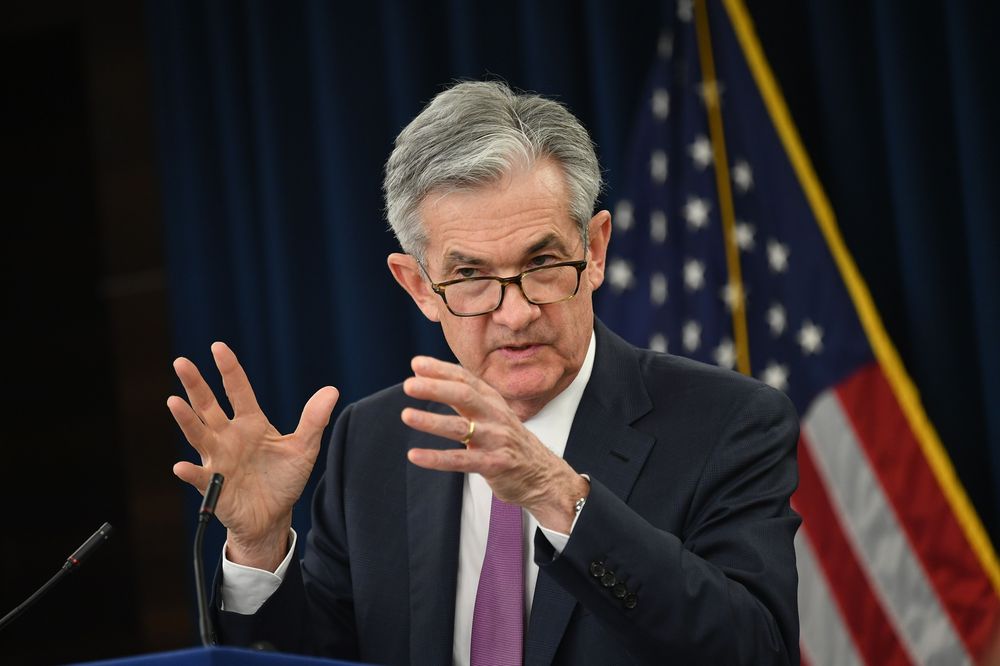Outlook for some central banks’ interest rates
There is an enormous focus on when central banks, particularly the Fed, will start to reduce rates and the number of likely cuts in 2024.

>> Will the FED act in a political way?
If we look at market pricing it seems that traders and investors see the Fed taking the funds rate down to around 3.75% in 2027 before rates stabilise at slightly higher levels. Similar profiles can be found for euro zone and UK policy rates but here the “landing point” for policy rates is different from the Fed at around 2.35% in the case of the ECB and 3.5% for the Bank of England.
Do these estimates seem realistic? If we take the UK and assume that this 3.5% level is a rough approximation to the markets collective view on the “neutral” rate, and also assume that inflation will, on average, be around the 2% target over the long haul, we come up with a long-run real neutral rate of around 1.5%. How does this compare with real policy rates that we’ve seen in the past, or at least going back over the last 30-years, or so?
Interestingly, it is a level that has almost never been in existence. For a chart of the inflation-adjusted base rate shows two distinct periods. There’s been what we might call the ‘normal’ period from 1990 to 2008 when the inflation-adjusted base rate was never below the 1.5% level, and the post-2008 ‘abnormal’ period which has been dominated by shocks such as the global financial crisis, the pandemic, and the surge in energy prices caused by the war in Ukraine, when the real level of the base rate was almost never above 1.5%.
Now clearly the fact that the real UK base rate has hardly ever been at this ‘neutral’ rate does not disqualify it at all from being the ‘actual’ real neutral rate (not that we can ever say what the “actual” real neutral rate is). In fact, these two periods which show real rates above ‘neutral’ in more normal times and below ‘neutral’ in abnormal times arguably add credence to the view that the real neutral rate may, indeed, be in the vicinity of the 1.5% region that the market seems to be saying.
Of course, we might be wrong to assume that the low point of the UK money market curve can be classed as an assumption about the neutral rate. It might be that the market anticipates that the upcoming easing cycle will see the base rate overshoot the true “neutral” rate to the low side, just as rates have overshot to the high side in the tightening cycle.
>> Should central banks ignore the Fed?
However, in Steve Barrow, Head of the Standard Bank G10 Strategy’s view the market does not tend to do this. Instead, market pricing usually envisages a glide path to a more ‘neutral’ policy rate rather than an over-corrective plunge to sub-neutral levels. The Bank of England is not much help because it argues that you cannot have any clear sense of where the neutral rate might be until after you have observed it. Unsurprisingly, it does not try to specify where the neutral rate might be and, neither where the landing rate might be in the future easing cycle.
But the Fed does provide such guidance. It sees the long-term neutral rate at 2.6%, which is a tenth higher than the previous assumption, but clearly still more than a percentage point lower than the market-implied rate if, again, we take the 3.75% implied base for the fed funds target to be the market’s best guess of the neutral rate. That’s a fair gap even after the FOMC lifted its estimate at the last meeting. “This arguably leaves us with two questions, not just about Fed policy but about the ECB and BoE as well. The first is whether the low point for the upcoming easing cycle is lower or higher than current market pricing. We suspect that it is more likely to be lower, particularly in the case of the ECB. But what about the neutral rate? Is the US neutral rate higher than the Fed’s 2.6% assumption? We suspect that it is, but probably in the region of 3% not the 3.75% that we might take from current futures pricing”, Steve Barrow said.








